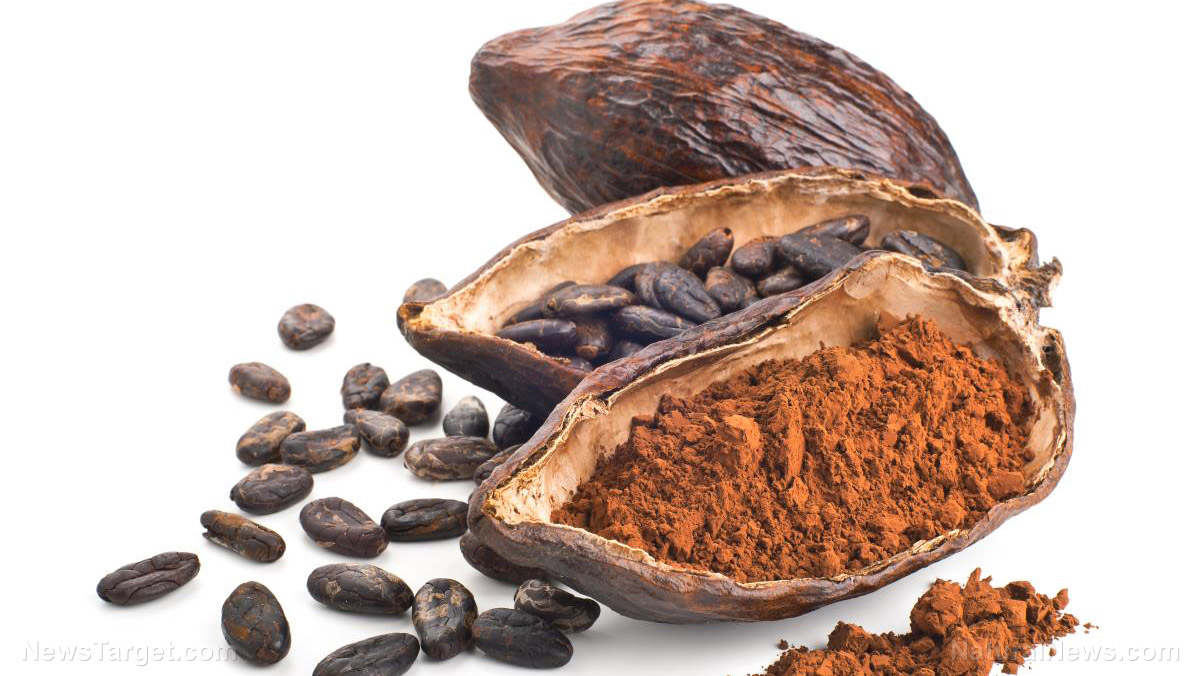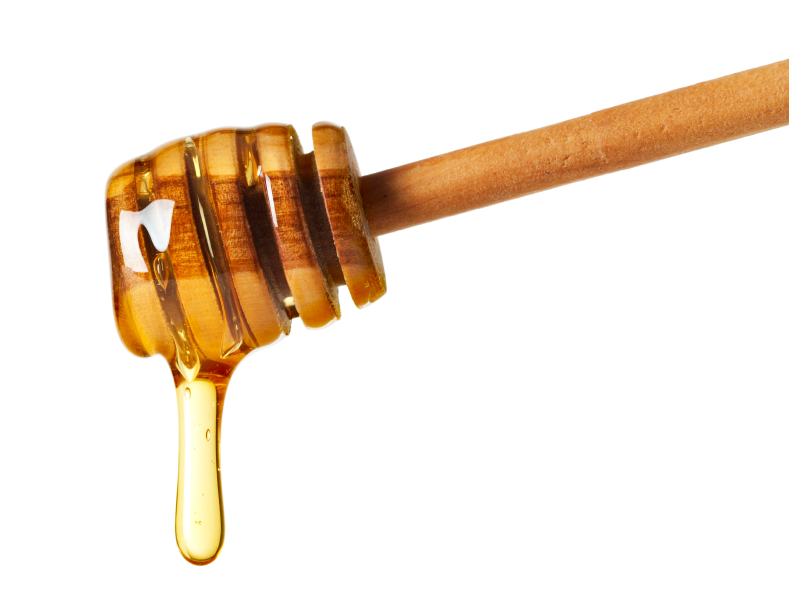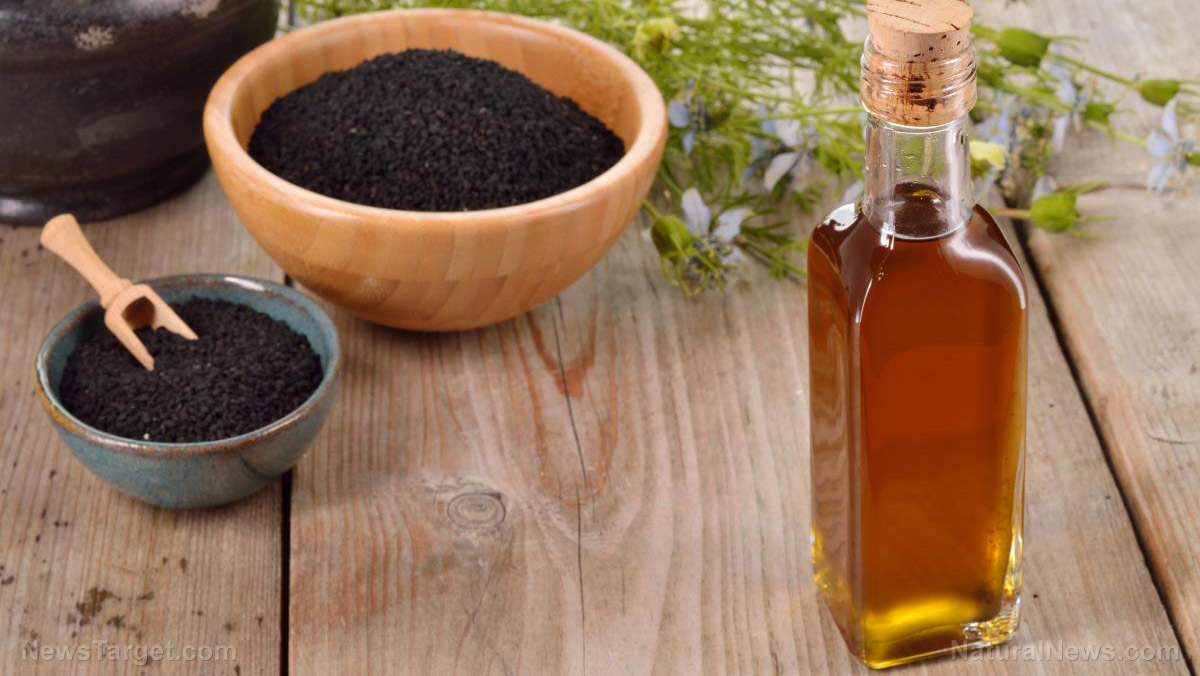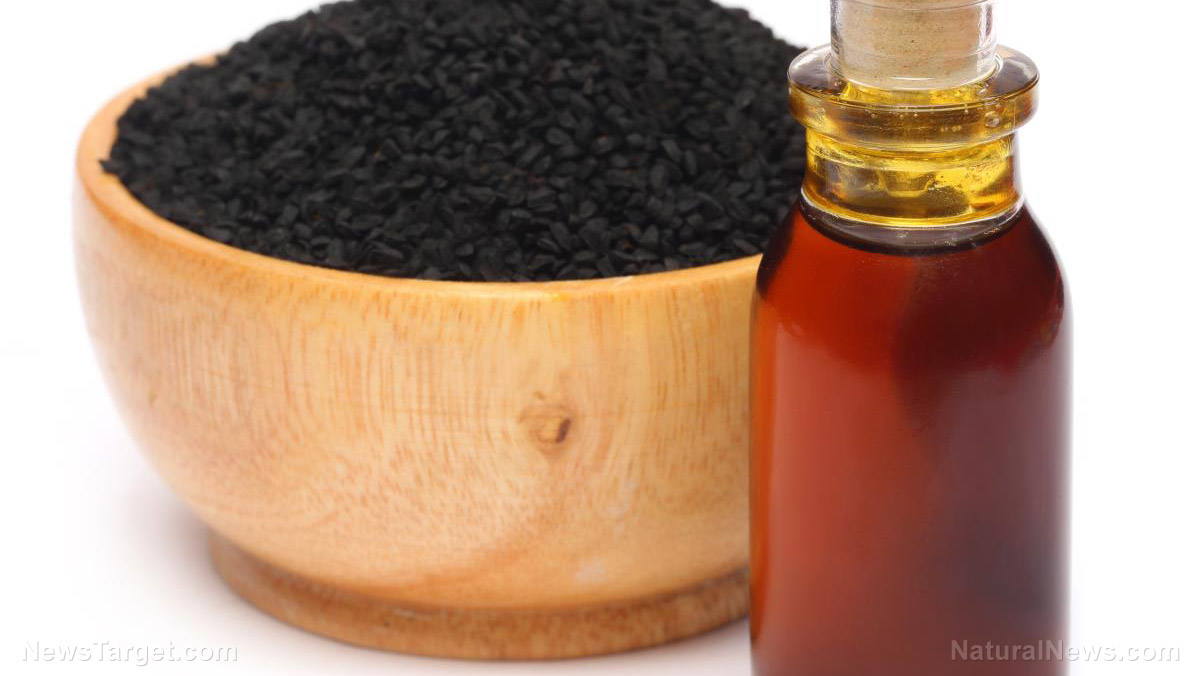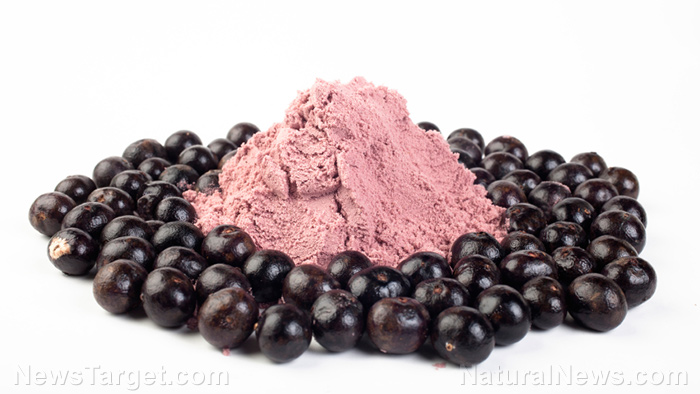Study: Curcumin enhances bioavailability of green tea flavonoids
02/24/2020 / By Evangelyn Rodriguez

Researchers from Rajarshi Shahu College of Pharmacy and Research in India investigated whether curcumin from turmeric can enhance permeability and bioavailability of EGCG for the treatment of hyperlipidemia. Their findings were published in the journal BMC Complementary and Alternative Medicine.
- Green tea is rich in polyphenols like flavonoids and catechins.
- Among the main catechins in green tea — epigallocatechin-3-gallate (EGCG), epicatechin gallate (ECG), epigallocatechin (EGC) and epicatechin (EC) — EGCG is the most abundant.
- Studies show that EGCG can prevent hypercholesterolemia.
- However, due to its low bioavailability, the membrane permeability of EGCG needs to be improved, along with transporter-mediated intestinal efflux.
- To do this, the researchers extracted EGCG from green tea leaves and confirmed its presence using chromatography. They used different techniques to determine the compatibility of green tea extract (GTE) and curcumin.
- To achieve patient compliance, they also prepared powder formulations consisting of GTE, curcumin, sucralose and cardamom.
- Based on their ex-vivo experiment on everted goat intestine, the researchers reported that the GTE-curcumin mixture showed higher permeation than GTE alone.
- Blood sample analysis of rats fed a high-fat diet and treated with GTE alone or in combination with curcumin showed that the GTE-curcumin mixture exerted a significant lipid-regulating effect.
- Rats that received the mixture had lower cholesterol, triglyceride, HDL, LDL and VLDL levels than rats given GTE alone.
Based on these findings, the researchers concluded that curcumin can enhance intestinal permeability and consequently the absorption of EGCG. Hence, EGCG-curcumin formulations can be a promising nutraceutical for the treatment of hyperlipidemia.
Read the full study at this link.
Journal Reference:
Pandit AP, Joshi SR, Dalal PS, Patole VC. CURCUMIN AS A PERMEABILITY ENHANCER ENHANCED THE ANTIHYPERLIPIDEMIC ACTIVITY OF DIETARY GREEN TEA EXTRACT. BMC Complementary and Alternative Medicine. 13 June 2019;19(1). DOI: 10.1186/s12906-019-2545-1
Submit a correction >>
Tagged Under:
This article may contain statements that reflect the opinion of the author
RECENT NEWS & ARTICLES
COPYRIGHT © 2017 SUPER FOODS NEWS













